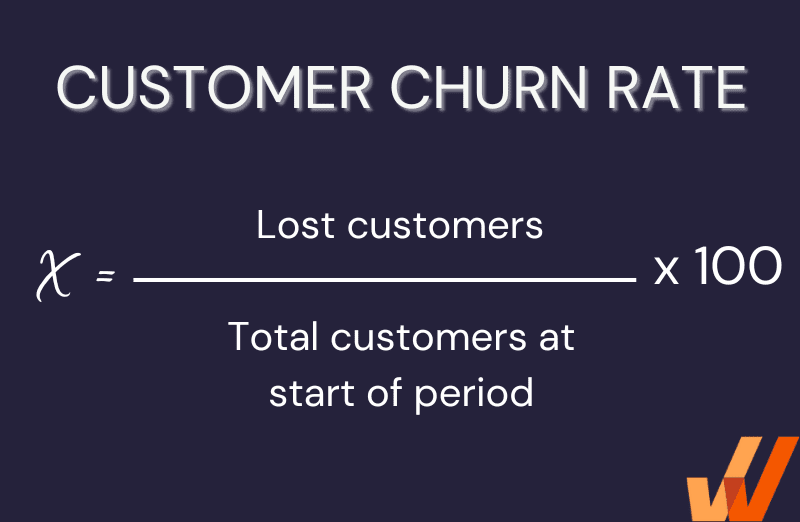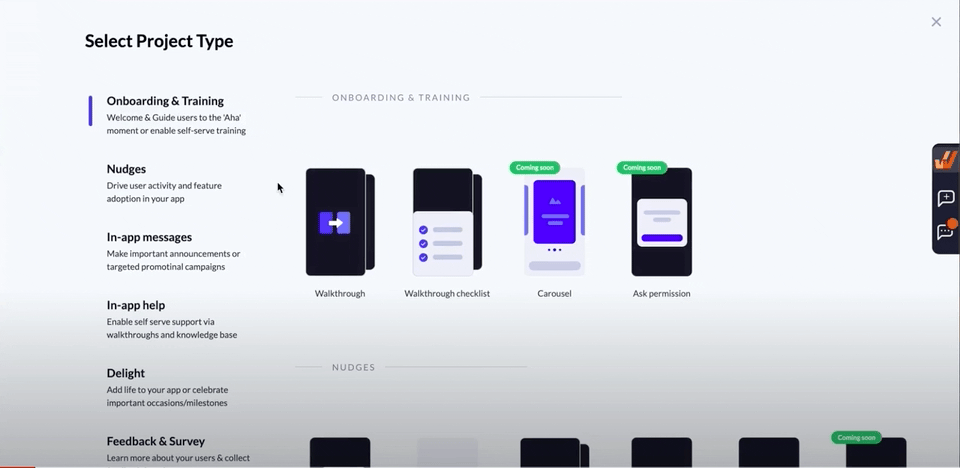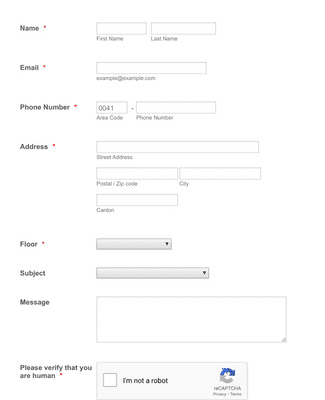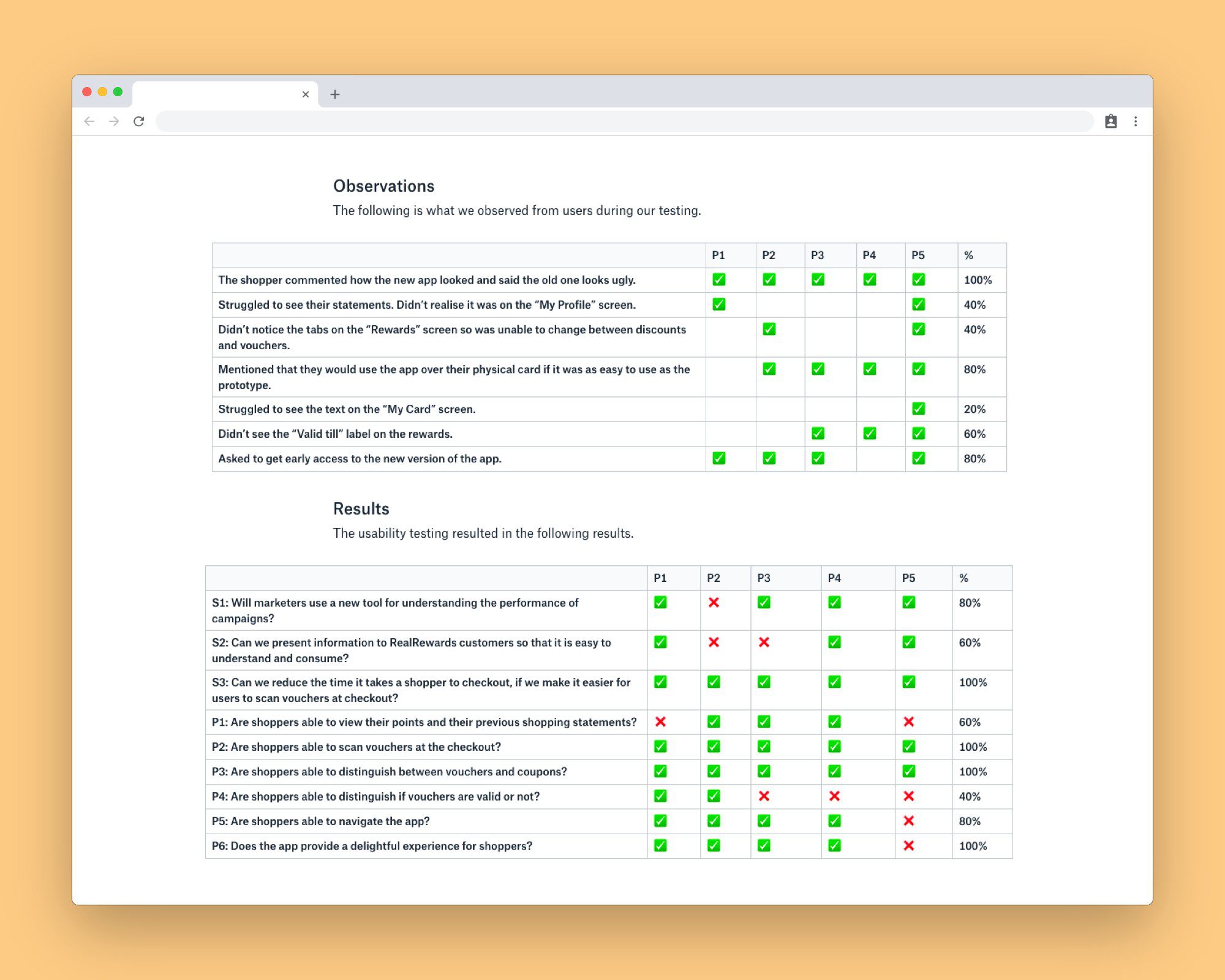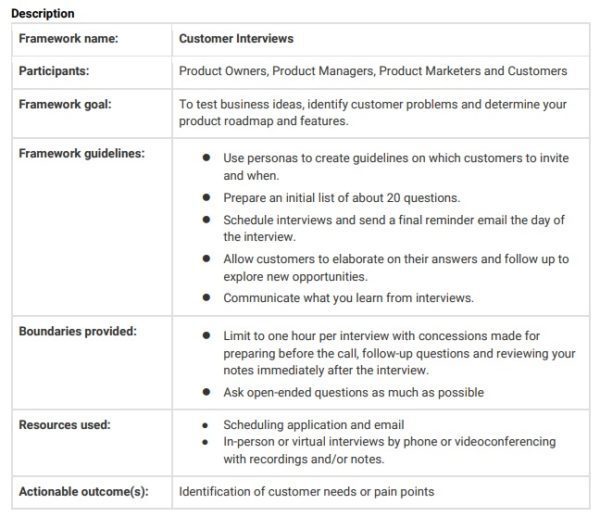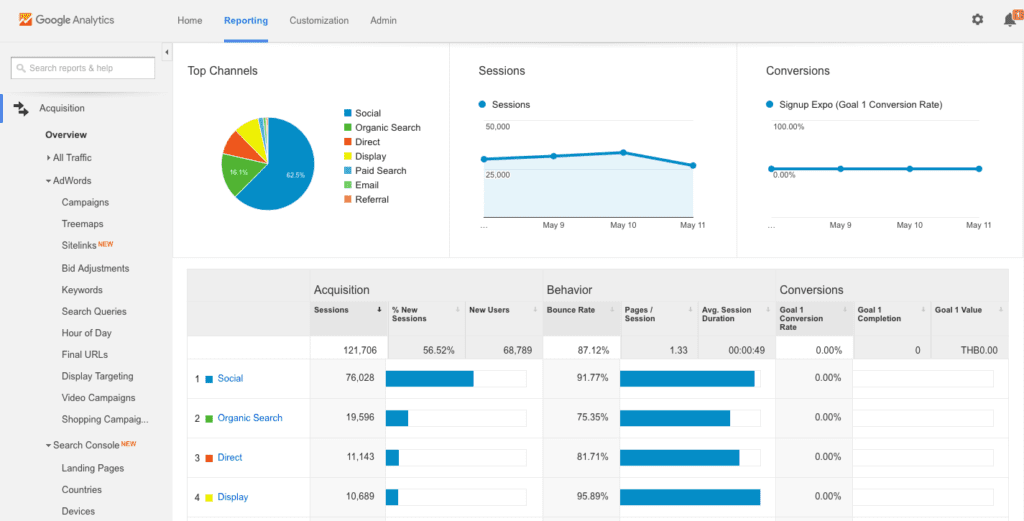In today’s business world, customer feedback is a crucial component in shaping the success of a company. It is a method of gathering information from customers about their experiences with your product or service. This information is then used to improve your offerings, identify areas that require attention, and gain insights into what your customers want and need.
There are various methods and tools for collecting customer feedback, ranging from online surveys and focus groups to social media monitoring and customer service interactions. With the help of modern technology, businesses have more opportunities than ever before to connect with customers and gather their opinions.
But why is customer feedback so important? By actively listening to and addressing customer feedback, businesses can improve customer satisfaction, increase brand loyalty, and ultimately drive revenue. Additionally, gathering customer feedback can provide valuable insights into the competition and industry trends, giving companies a competitive edge.
In this blog post, we will explore the various benefits of collecting customer feedback and the different methods and tools available to do so. We will also discuss best practices for analyzing and utilizing customer feedback to drive meaningful change within your business.
What Is Customer Feedback?
Customer feedback refers to the information, opinions, and insights shared by customers about their experiences with a product, service, or brand. It is a critical component of any successful business, as it provides valuable insights into customer preferences, needs, and expectations.
Effective customer feedback can help businesses identify areas for improvement, enhance customer satisfaction and loyalty, and gain a competitive advantage in the marketplace. Feedback can be gathered through various methods, including surveys, focus groups, social media, and online reviews.


